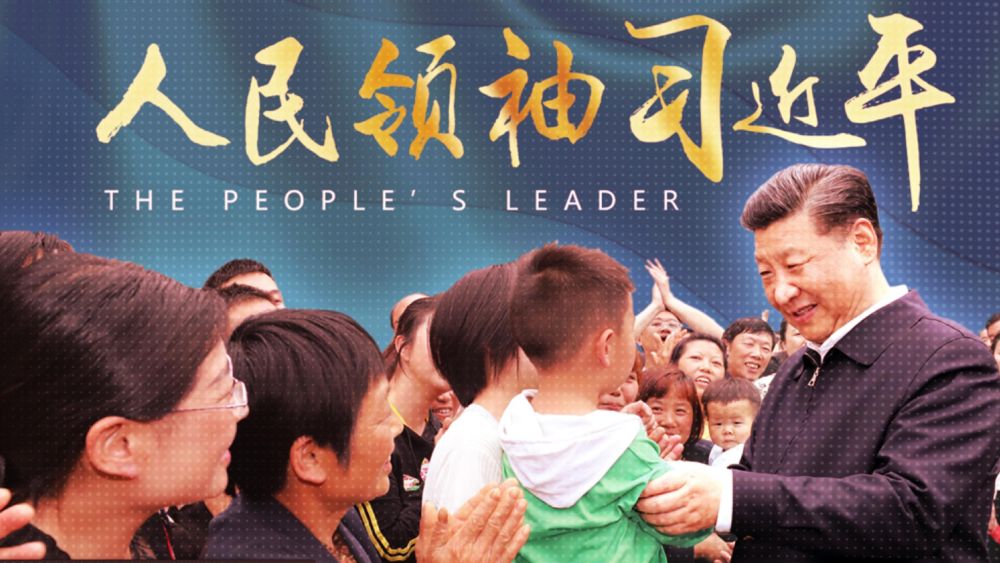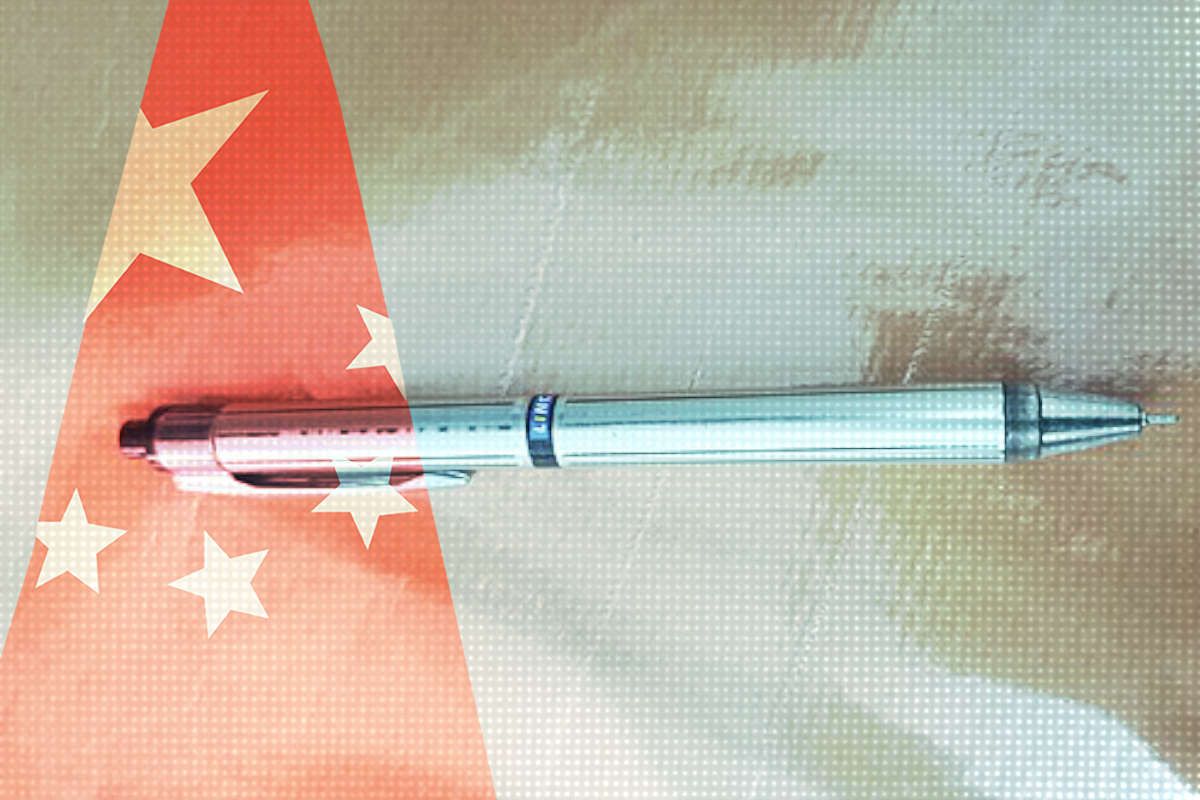Headlines and Hashtags
Politburo member Li Changchun wags his finger in the earthquake zone

By David Bandurski — China’s propaganda heavyweight, politburo member Li Changchun, is now visiting the disaster area in Sichuan and meeting with Chinese journalists. Does this signal a broad media crackdown? Not so fast. Yes, the Xinhua News Agency release on Li’s visit does suggest there’s some finger wagging going on here – as though Li is cautioning, “Easy, EASY.” But we should be careful not to read too much into his visit. [Homepage Image: Screenshot of coverage of Li Changchun visit at People.com.cn].
There are notable differences in terminology in this release when compared to news of Li Changchun’s CCTV visit over a week ago. We are not yet seeing the dreaded word “guidance,” or daoxiang (导向). But we are hearing new whistleblows from the referee, like “emphasizing positive propaganda” (正面宣传为主) and “upholding unity, stability and encouragement” (坚持团结稳定鼓劲).
These are important, and we should watch carefully how domestic coverage changes.
For example, there has been a noticeable shift in focus toward emotion, official action and hero worship since President Hu Jintao made his visit to Sichuan. And we know there have been directives limiting coverage of shoddy school construction, against direct criticism of the government’s handling of the relief effort, and against the question of early earthquake warning.
But we need to remember that we are not yet seeing reporters from commercial media recalled, and there is still at least moderate variety in coverage.
This existence of this or that directive does not tell the full story about control, or about the climate in which Chinese reporters are working. Here are some important points to be on the lookout for — indicators, if you will, of the degree of media openness.
1. Are reporters for non-party media (that is, commercial media) allowed to remain on the scene?
2. There has been a directive in force since early on against discussion of the question of earthquake prediction. To what degree has this been followed? For example, QQ.com has set up a special page on the topic, but this is more in the government’s favor, about how it is impossible to make accurate short-term predictions. The more sensitive issue is that of medium to longer term prediction, which might have prompted more attention to building codes, for example. There has been some coverage of this issue in the blogosphere, including by CMP director Qian Gang, but will we begin to see more?
3. The question of oversight of charitable donations. There don’t seem to be bans in force at the moment. But how much discussion can we see? Are there voices that discuss the institutional causes, the reasons and conflicts (内部). Will any investigative reports emerge?
4. Will media continue to report on the views, or even grievances, of ordinary people in the disaster area?
5. Limits on reporting of shoddy school construction are now reportedly in force. To what degree are media complying? What kind of reports or editorials do we see? This topic was in fact sensitive quite early on, so much so that Southern Metropolis Daily dared not address it in a main editorial, or shelun (社论). That didn’t mean, of course, that the topic was absent altogether.
6. To what extent will media talk about the role of NGOs in the relief effort? More particularly, will they discuss the role of religiously-based NGOs (Buddhist communities or Christian churches)?
Could an announcement or visit by Li Changchun potentially signal a change in media policy? Certainly. But let’s not assume that when Li Changchun wags a finger the sky comes crashing down.
[Posted by David Bandurski, June 3, 2008, 12:12pm HK]
MORE READING:
“Senior official Li Changchun visits journalists, victims in quake zone,” Xinhua News Agency, June 2, 2008
(This ENGLISH version of the report on the Xinhua News Agency website mentions nothing about the call to put the emphasis on “positive news.”)





















